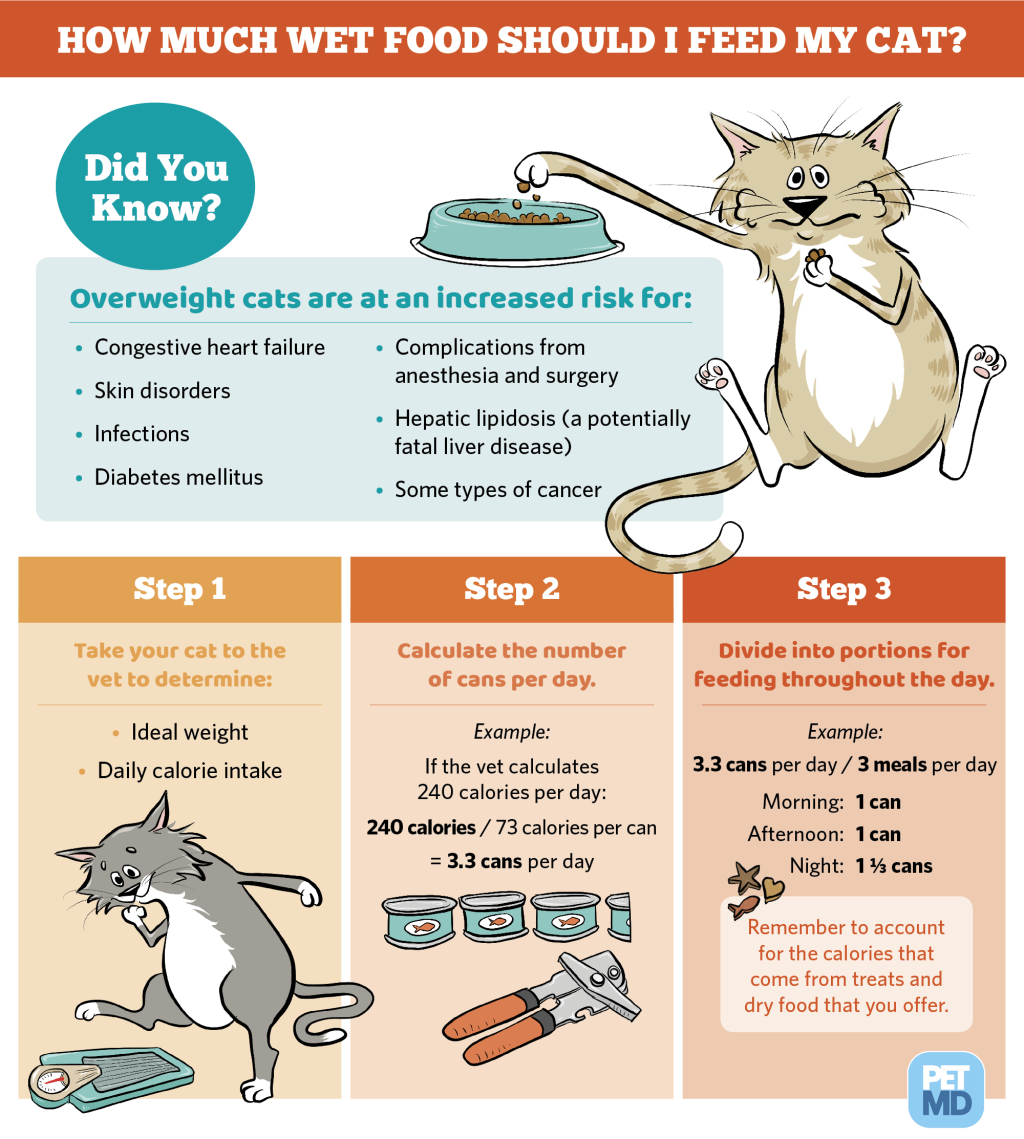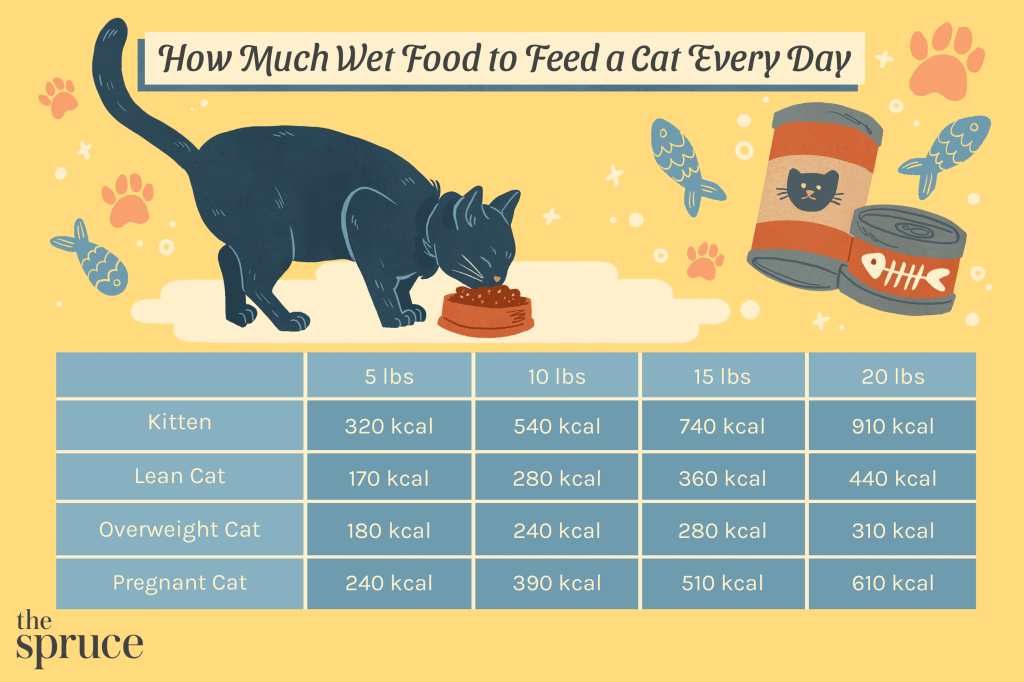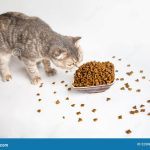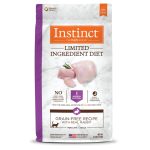How To Get Your Cat To Eat Wet Food: The Ultimate Guide To Ensure A Healthy And Happy Feline Palate!
How to Get Your Cat to Eat Wet Food
Greetings, Cats Lover!
As a cat enthusiast, you want to ensure that your feline companion is eating a healthy and balanced diet. Wet food is an excellent choice for cats as it provides hydration and essential nutrients. However, some cats can be picky eaters and may refuse to eat wet food. In this article, we will discuss effective strategies to get your cat to eat wet food, ensuring their overall well-being.
3 Picture Gallery: How To Get Your Cat To Eat Wet Food: The Ultimate Guide To Ensure A Healthy And Happy Feline Palate!



1. What is Wet Food?
Wet food, also known as canned food, is a type of cat food that contains a higher moisture content compared to dry kibble. It usually comes in cans or pouches and is available in various flavors and textures. Wet food is beneficial for cats who struggle to stay hydrated or have dental issues. Introducing wet food into your cat’s diet can provide numerous health benefits.
Benefits of Wet Food:
🐾 Provides hydration: Cats have a low thirst drive, and consuming wet food helps maintain their water intake.

Image Source: futurecdn.net
🐾 Supports urinary health: The increased moisture content in wet food promotes a healthy urinary tract, reducing the risk of urinary tract infections.
🐾 Aids digestion: The moisture in wet food helps with digestion and can alleviate constipation problems.

Image Source: petmd.com
🐾 Enhances appetite: Wet food has a stronger aroma and flavor, making it more appealing to cats with a decreased appetite.
2. Who Should Feed Their Cats Wet Food?
Cats of all ages can benefit from incorporating wet food into their diet. However, it is particularly essential for certain groups:
🐾 Senior cats: As cats age, they may develop dental issues or a decreased sense of smell, making it difficult for them to eat dry food. Wet food provides them with a more palatable and easily chewable option.

Image Source: thesprucepets.com
🐾 Kittens: Young kittens may have trouble transitioning from nursing to solid food. Wet food’s soft texture and enticing aroma can facilitate the weaning process.
🐾 Cats with medical conditions: If your cat has specific health conditions such as kidney disease or diabetes, wet food can be beneficial. Consult with your veterinarian to determine the most appropriate diet for your cat’s needs.
3. When Should You Introduce Wet Food to Your Cat?
The ideal time to introduce wet food to your cat’s diet is during their early stages of life. If you have a kitten, start offering small amounts of wet food alongside their usual milk or dry kibble. For adult cats, gradually introduce wet food by mixing it with their dry food. This transition process allows your cat to adjust to the new texture and flavor.
4. Where to Purchase Wet Food for Your Cat?
Wet food is widely available in pet stores, supermarkets, and online retailers. Look for high-quality brands that offer a variety of flavors to cater to your cat’s taste preferences. It is advisable to choose wet food that is free from artificial additives, fillers, and preservatives. Remember to check the labels and consult with your veterinarian if you have any concerns or specific dietary requirements for your cat.
5. Why is Your Cat Refusing to Eat Wet Food?
There can be several reasons why your cat is refusing to eat wet food. Some common factors include:
🐾 Texture preference: Cats can be sensitive to different textures. Experiment with various wet food textures, such as pate, chunks in gravy, or shredded meat, to find the one your cat prefers.
🐾 Temperature sensitivity: Some cats prefer their food to be served at room temperature or slightly warmed. Try heating the wet food for a few seconds in the microwave to enhance its aroma and make it more appealing.
🐾 Previous feeding habits: If your cat has been primarily fed dry kibble, they may be resistant to change. Patience and persistence are key when transitioning your cat to wet food.
6. How to Encourage Your Cat to Eat Wet Food?
Here are some strategies to entice your cat to eat wet food:
🐾 Mix wet food with dry food: Gradually mix wet food into your cat’s dry kibble, increasing the proportion over time. This method helps your cat get accustomed to the new flavor and texture.
🐾 Offer variety: Provide your cat with a variety of wet food flavors to determine their preferences. Rotate between flavors to keep mealtime exciting for your feline friend.
🐾 Use interactive feeders: Interactive feeders, such as puzzle toys or food dispensing balls, can make mealtime more engaging and encourage your cat to eat wet food.
🐾 Add warm water: If your cat prefers a soup-like consistency, add a small amount of warm water to their wet food. This enhances the aroma and can appeal to your cat’s senses.
7. How Much Wet Food Should You Feed Your Cat?
The recommended feeding guidelines for wet food vary depending on your cat’s age, weight, and activity level. Generally, adult cats require approximately 2-4 ounces of wet food per day, divided into multiple small meals. However, it is crucial to consult with your veterinarian to determine the appropriate portion size for your cat.
Frequently Asked Questions (FAQs)
1. Can I mix wet and dry food together?
Yes, you can mix wet and dry food together to provide a balanced diet for your cat. However, ensure that you adjust the portion sizes accordingly to maintain a healthy weight.
2. How long can wet food be left out for my cat?
Wet food should not be left out for more than 30 minutes to prevent bacterial growth and spoilage. Discard any uneaten wet food and clean the feeding dish thoroughly.
3. My cat still refuses to eat wet food. What should I do?
If your cat continues to refuse wet food despite your efforts, consult with your veterinarian. They can assess your cat’s overall health and provide further guidance based on their specific needs.
4. Can I feed my cat only wet food?
Yes, you can feed your cat a diet consisting entirely of wet food. However, ensure that the wet food meets all of your cat’s nutritional requirements to maintain their overall health.
5. Can I make homemade wet food for my cat?
While it is possible to make homemade wet food for your cat, it is essential to consult with a veterinary nutritionist to ensure that the recipe meets all of your cat’s nutritional needs. Homemade food should be balanced and provide the necessary vitamins and minerals.
Conclusion
Incorporating wet food into your cat’s diet is beneficial for their overall health and well-being. By following the tips and strategies mentioned in this article, you can successfully encourage your cat to eat wet food. Remember to be patient during the transition process and consult with your veterinarian if you have any concerns. Your cat’s health and happiness are worth the effort!
Disclaimer: This article is for informational purposes only. It is not intended to be a substitute for professional advice, diagnosis, or treatment.
This post topic: Cats



